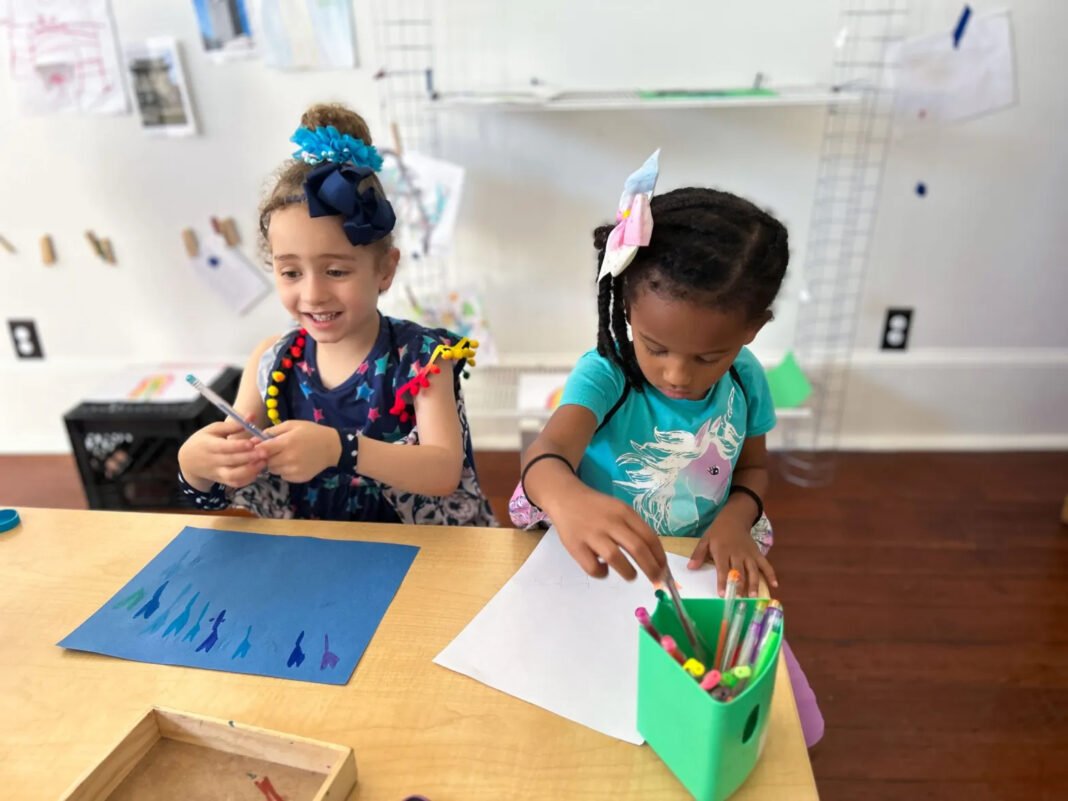It’s been a busy year for me filling in as co-author of the early education newsletter for Hechinger Report senior reporter Jackie Mader. Jackie returned earlier this month after spending the academic year as a Spencer Education Journalism Fellow at Columbia University (stay tuned for some fantastic stories that she reported during her fellowship year).
Hechinger is a pioneer in prioritizing early childhood coverage in its journalism, with an increasing number of news organizations thankfully starting to establish it a beat in its own right: The Associated Press and the Baltimore Banner are among the outlets adding early childhood beat reporters in recent months. As I wrote in October, it’s my favorite beat, because the inequities are so vast, but so is the potential for positive change.
I will still be reporting and editing for Hechinger in the coming year (including on the early education beat), but I am signing off, for now, by sharing a few of the most personally memorable projects that I’ve worked on since last fall.
How a disgraced method of diagnosing learning disabilities persists in our nation’s schools
Up to 20 percent of the U.S. population has dyslexia, a neurological condition that makes it difficult to decipher and spell written words. Yet only a fraction of affected students get a dyslexia diagnosis or the specialized assistance that can help them learn to read well. One reason so many diagnoses are missed is that scores of schools continue to use IQ tests to assess children for learning disabilities. Because of biases in those tests, and other reasons, a disproportionate number of those diagnosed — and helped — have been white and wealthier.
How to keep dual-language programs from being gentrified by English speaking families
The critical shortage of therapists who provide essential support for children under age 3 with developmental delays has received little public attention. A half dozen experts shared potential strategies for expanding and diversifying the workforce.
Six ideas to ease the early intervention staffing crisis
The critical shortage of therapists and others who provide critical early intervention therapies for children under age 3 with developmental delays has received comparatively little notice from policy makers, the media or the general public. A half dozen experts shared potential strategies for expanding and diversifying the workforce.
Fixing the child care crisis
One of my favorite roles is helping manage the eight-newsroom Education Reporting Collaborative, which produces solutions-oriented journalism on many of the most urgent issues of the day. In the spring, six of the partners delved into the impact of the child care crisis on mothers’ ability to stay employed, highlighting a range of solutions at all levels of government, and in the private sphere.
This story was produced by The Hechinger Report, a nonprofit, independent news organization focused on inequality and innovation in education. Sign up for the Hechinger newsletter.


